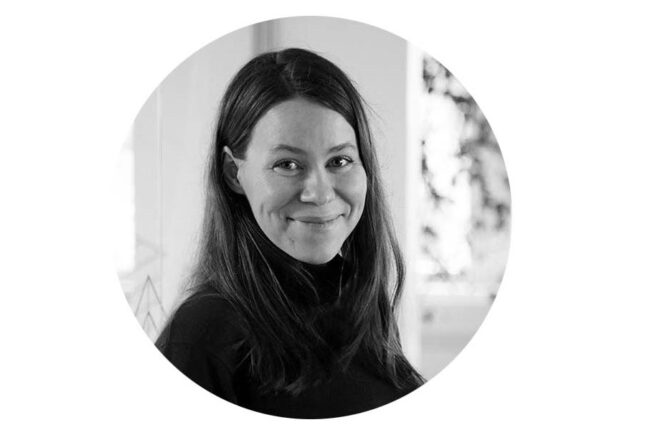

Some people might naturally be more “hands-on” learners than others – but we could all benefit from exploring learning through making.The text is an editorial written for issue 2/2022 on Learning and Making.
Somewhere deep down, I have always persistently believed that there are two types of people: those who are natural makers and those who are not.
Accordingly, I have placed myself tightly in the “non-maker” box.
I still vividly remember the horror of my school years when we were expected not just to learn to knit but to make a pair of woolly socks from scratch. While everyone around me seemed to get the hang of it, I kept going back and forth between undoing stitches and crying.
It is not a particularly new discovery that many people learn best by touching and doing.
Whenever someone announces a craft-based exercise that is supposed to be fun, I sigh. Doing anything that requires assembling parts makes me sweat.
OFTEN, I FEEL ASHAMED by my lacking ability to create beautiful or useful things with my hands. At the same time, I recognise that, in many areas of life, the perks of being tactile or kinaesthetic– the so-called “hands-on ”person – are completely overlooked.
In my experience, learning is definitely one of these areas.
Just a couple of weeks ago, the Finnish Minister of Education, Li Anderson, posted a live video of herself taking part in Parliament’s question hour, where all parliamentary groups can put at least one question to the Prime Minister and her ministers.
Whilst listening to her colleagues, Minister Anderson was doodling and scribbling in her notebook. Based on the furious feedback she received, this was not an OK thing to do. A few days later, the minister took to Facebook to explain that doodling helps her focus and remember things.
IT IS NOT A particularly new discovery that many people learn best by touching and doing. Particularly for them, moving, building or drawing what they are learning can help immensely to process new information.
In fact, studies show that doing simple motoric movements such as knitting might help almost anyone activate new brain areas, like those needed in learning a new language.
The tedious task of “improving one’s digital skills” can become something else entirely when a creative making element is introduced. A sense of play, which if closely connected to physical movement and creating things, can be very important in lifelong learning.
Yet, as the somewhat tragicomic example of Minister Anderson shows, this type of learning is still often overlooked or even openly dismissed, particularly in formal education.
Isn’t it time to finally consign this outdated conception to the bin and support different ways of learning?
AS I WAS COMPILING this issue, I started to think it might also be time to bin my idea of the makers and the non-makers.
One thing that everyone contributing to this issue mentioned was community.
Of course, mastering a specific craft form in itself is an impressive feat, and some people have more natural flair for this.
But one important thing I have realised is that it’s not just about learning to do those certain things, or even about all the benefits making can have for learning.
One thing that everyone contributing to this issue mentioned was community. I am sure there are also people who love to focus on their craft in solitude but, in our interviews, people repeatedly highlighted how important it is for them to do and make things together with others.
“Our courses are for people to be part of the herd, the group and their community. Here the newcomers are also contributing, not just receiving”, says one of interviewees, describing the ethos of their In Norwegian groups, where learning a language is combined with handicraft.
Now, that sounds like something I would not mind giving a try.
Author







